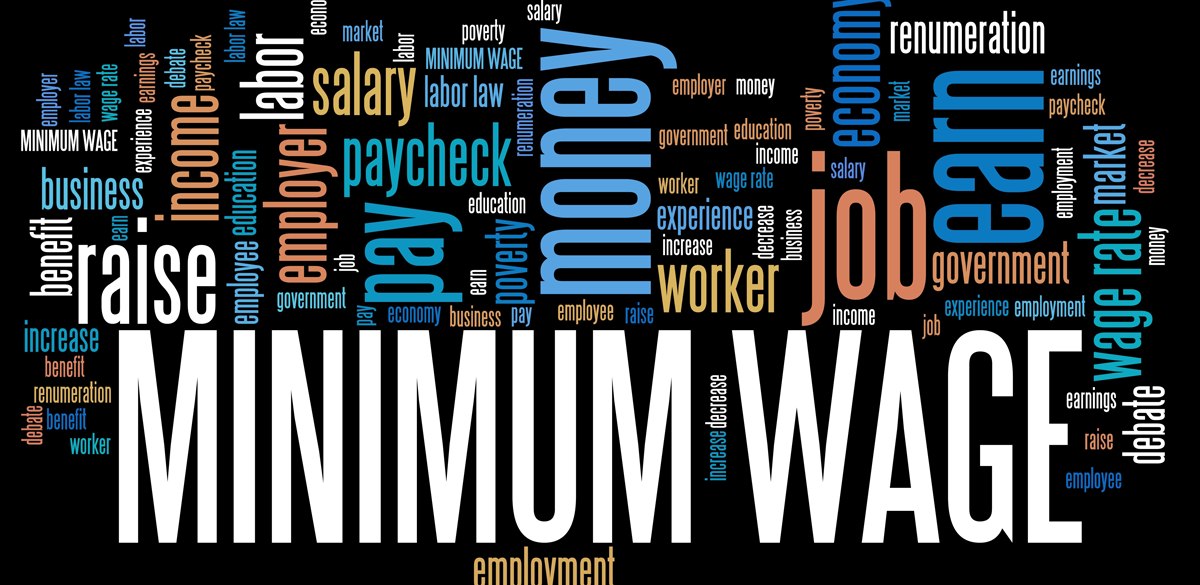Nonprofit employees work for considerably less compensation than their peers doing the same work in the for-profit sector. These nonprofit do-gooders, or unicorns as the hugely popular nonprofit blog Nonprofitwithballs has coined them, will benefit from New York’s minimum wage increase.
But with every action comes a reaction, and nonprofit executive directors, although ideally would love to pay their nonprofit employees more, face fiscal realities that make New York’s minimum wage increase problematic. Unlike major US corporations with billions of dollars in the bank who grossly distort the national minimum wage increase debate, nonprofits actually have severe financial restraints and those restraints are only growing with the added costs incurred with nonprofit employees.
“It should be noted that this wage increase is also alongside increases in worker’s comp and unemployment rates, and raises at the state level of what constitutes an exempt employee,” Doug Sauer, chief executive of the New York Council of Nonprofits, in a recent USA Today article. “There is a triple if not quadruple whammy on mandated employer costs.”
Nonprofit Solvency
This ‘triple if not quadruple whammy on mandated employer costs’ adds to the present anxiety of nonprofit executive directors facing government grant cutbacks and dwindling donations. As Republicans across the country seek to scale back the social safety net and nonprofit organizations have to close their doors because of insolvency caused by spiking nonprofit employees costs, the result is millions of people unable to access vital social services.
“But not all are fee-based and raising fees means that there will be more people not being able to access their services,” Sauer said. “So, more human needs go unmet, or for arts and cultural organizations, less people benefit from what they offer.”
Unfortunately, there’s no clear answer how to remedy this issue as it appears to be an unintended consequence of a long overdue minimum wage increase.
“A vast majority of local nonprofits operate on a shoestring and try to make do with what little they have,” Sauer said. “We may be approaching a time where more and more nonprofits simply refuse to do business with the state because they can’t afford to.”
As a result, nonprofits are having to seriously consider raising the costs of their services.
“From nonprofits being a business that needs to be solvent, it threatens the viability and sustainability of many unless government, philanthropy and donors are willing to invest in the nonprofit workforce,” Sauer said.
Revenue Stream Investments
And therein lies the crux of the issue. Nonprofits must start thinking more like a for-profit business in terms of funding and revenue to meet their obligations. The first step is to start investing in their current revenue streams and with online giving increasing year after year, nonprofits would be wise to turn their websites into online donation machines.
Free Download: Nonprofit Executive Director’s guide to the ULTIMATE website.






